What Is Single Stream Recycling? Get to Know How Effective It Is
-
Jana Blagojevic
- Last updated:
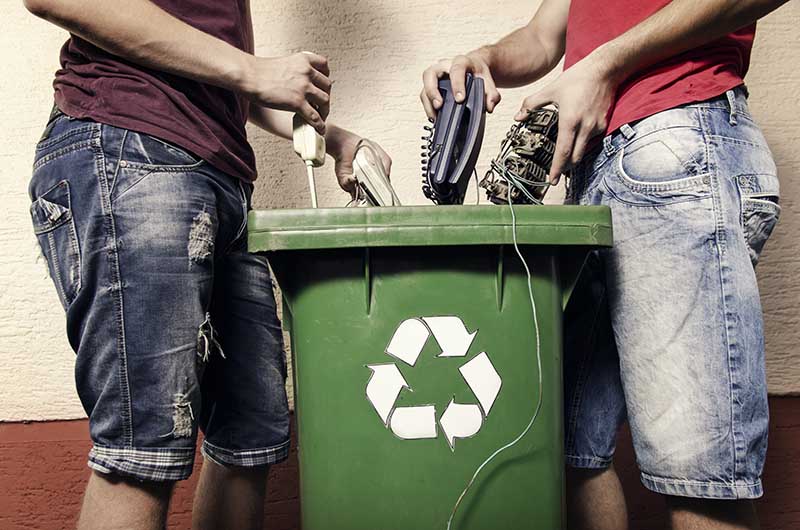
Suppose you are one of those people that enjoy recycling and contributing to a healthier environment, but every time you stand before those recycling bins, you end up being confused. In that case, you need to learn about single-stream recycling. Although some single-stream facilities in the US are coming to an end, changing some of our habits may be the solution to a healthier recycling economy.
With single-stream recycling, the pressure that was put on consumers to place the waste in an appropriate bin is now entirely gone, with one single container to put all your recyclables in. The mixed recycling system makes recycling much easier, faster, and cost-effective.
Read the article below to find out how single-stream recycling works and what you can do to keep this system alive.
 What is Single Stream Recycling?
What is Single Stream Recycling?
Single stream recycling is an efficient recycling system where all materials are placed in one bin. The materials you can recycle are not separated into several different bins as in regular recycling; instead, they are all thrown in one joined cart. Unlike other conventional recycling bins, these items require zero sorting, and consumers are not required to place a particular material in an appropriate bin.
All materials found in single-stream recycling bins are hauled onto the same truck and taken to a materials recovery facility. There, they are sorted into groups using different techniques.
- Plastic bottles and containers
- Cardboard, paper, and newspaper
- Aluminum foil and cans
- Glass containers and jars
Single-stream recycling was introduced in the late 1990s to make recycling more accessible and straightforward to consumers. It was made as an alternative method for dual-stream recycling, where people are required to separate each material into an assigned bin. Single-stream recycling is much more practical and functional than dual-stream recycling, providing a much simpler experience without having to worry about the right way to recycle.
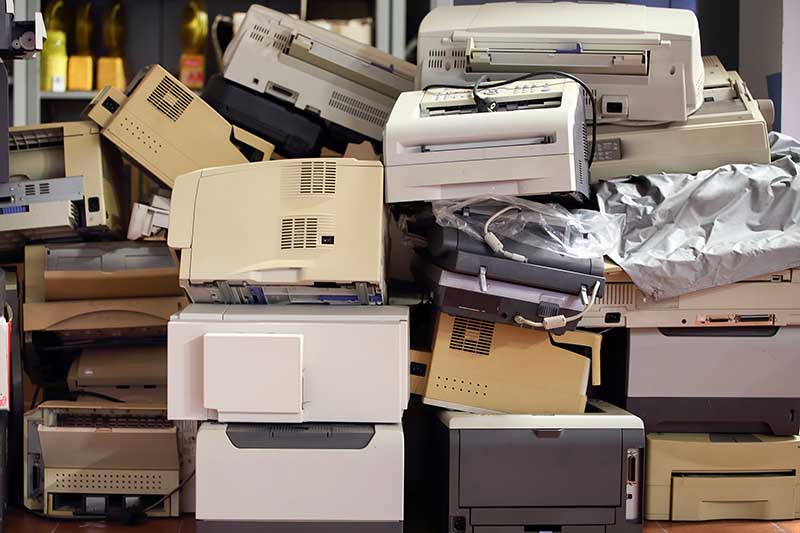
How Does It Work?
The process of single-stream recycling is a bit more complex than it sounds. People who recycle using these methods will have a simple task—placing all their recyclables in one designated place. The real fun begins when the trucks take these materials into MRF (Materials Recovery Facility). All collected material is unloaded from the truck and placed on a conveyor. Items placed in the recycling bin by mistake that cannot be recycled, are manually removed and sorted. It is essential to know that certain items that are too light or too heavy, such as plastic bags or other heavy waste, can shut down the entire recycling plant. The stream goes on to be separated into bottles, cans, and cardboard. Cans are separated using powerful magnets and are afterward baled and shipped off to become new products.
How Effective is Single Stream Recycling?
To know whether single-stream recycling is effective compared to other recycling methods, it is essential to look at both the consumer’s and manufacturer’s end. Consumers have a much easier time being a part of a vast recycling program, and many more people are creating a habit of this. It is crucial to develop a process that people will enjoy and won’t find to be a nuisance.
With the modern age progressing, new packaging methods are revealed, causing confusion among people. That said, facilities are working towards maintaining a high-quality product with minimal contamination. The true challenge is teaching and learning which materials can and cannot be part of single-stream recycling, as small mistakes can cause recycling facilities to shut down. Education can help the facilities maintain efficiency and integrity until how we package our products changes for good.
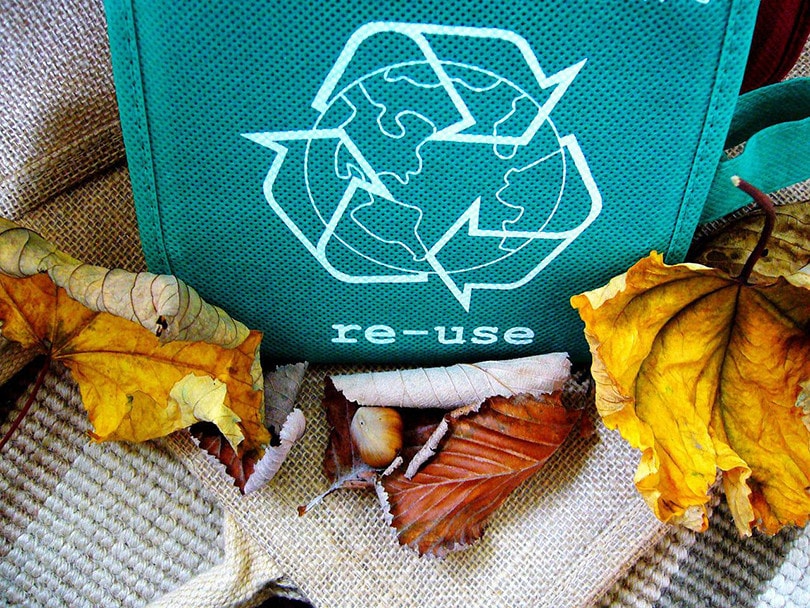
The Rise of Single Stream Recycling
In 1989 in Arizona, a new sorting system for waste became popular, known as “source separation”. The system was meant to increase the recycling volume by reducing the effort and time it took consumers to separate materials into designated bins. The compactor truck had only one compartment and needed much less time to collect the waste. By 1993, large-scale processing factories were finally introduced, which allowed for the entire process to become profitable. The US found this system to be effective, practical, and cost-effective, and it became the standard across the nation.
Where Is It Used?
While at one point, single-stream recycling was at its peak with the majority of states employing this method, many cities are currently leaving this system behind. Cities like San Francisco, Seattle, Boise, Hoboken, and Dallas are leaving single-stream recycling because of the large contamination rates found in facilities. The recycling economy in the US will continue to crumble unless more people are educated on recyclable and non-recyclable items. Currently, one in every four items placed in recycling bins is not recyclable, meaning that the contamination of recyclable waste is at 25%. For the recycling facilities in the US to continue working as predicted, the contamination has to drop down to 0%.
Advantages of Single-Stream Recycling
Many advantages are attributed to single-stream recycling and we will mention the most significant ones below.
- Increased recycling rates
- Requires less time and effort for consumers to recycle
- Reduces collection costs
- Less space is required to store collection containers
- Fewer carbon emissions
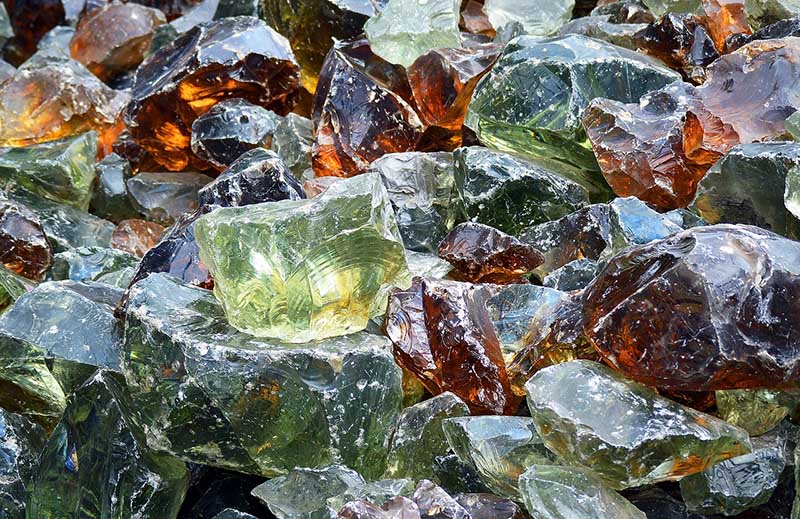
Disadvantages of Single Stream Recycling
While the advantages of recycling are vast, there are some drawbacks that we need to think about before jumping to any conclusions.
- Increased contamination of recyclables at recycling facilities
- Special machinery and equipment are required
- Manual sorting is a must
- Lower quality of recycled materials due to contamination and mixed collection
Frequently Asked Questions
What common items are accepted in single-stream recycling?
- Plastic bottles
- Paper and newspaper
- Empty and clean pizza boxes
- Clean aluminum foil
- Glass jars
- Empty medicine bottles
- Steel cans
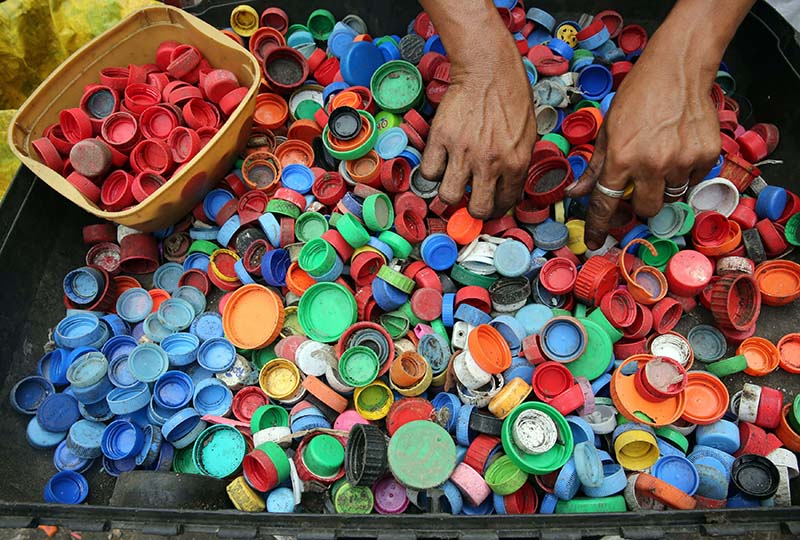
Can you recycle Styrofoam through single-stream recycling?
Styrofoam, or Polystyrene, is a type of waste that is not allowed to be placed in a bin for single-stream recycling. The reason why Styrofoam is unsuitable for mixed recycling bins is that it’s very lightweight. Due to its lightweight, it cannot be sorted appropriately and can even prevent the recycling plants from functioning properly.
 Conclusion
Conclusion
Single-stream recycling is an amazing and innovative method for recycling waste that takes all the work away from consumers and onto the recycling facilities. This method provides a safe and effortless way of recycling without worrying about an adequate bin to place your recyclables in. There are some important aspects of single-stream recycling that consumers need to be aware of, though. The lack of proper education may lead to the end of this unique recycling system.
Featured Image Credit: Phoenixns, Shutterstock
Contents
 What is Single Stream Recycling?
What is Single Stream Recycling?